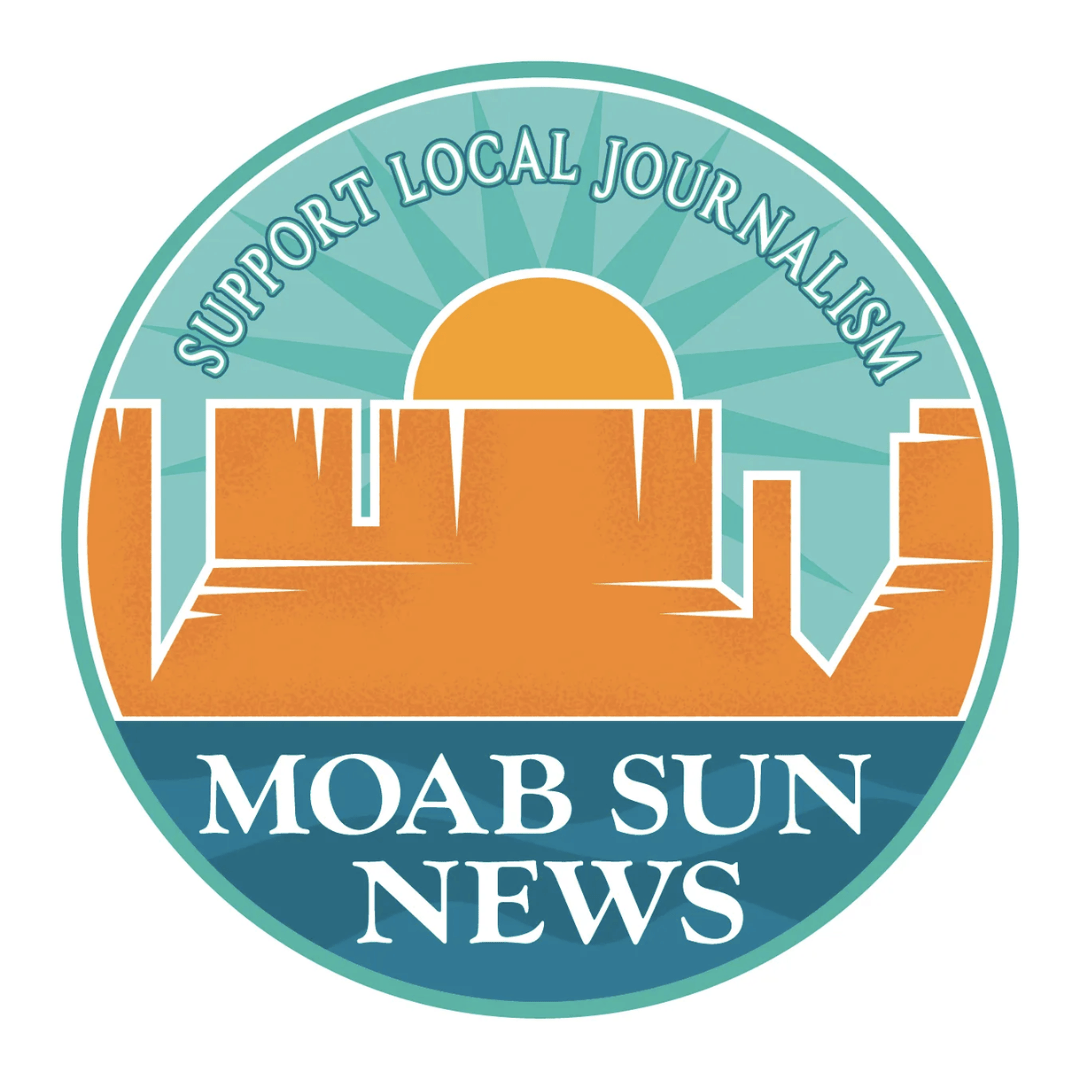As a result of a statewide standing order issued by the Utah Department of Health (UDOH), pharmacists dispensed 4,275 doses of naloxone, a rescue medication that can reverse the effects of an opioid overdose, in 2017.
While the number of naloxone reversals is not reported under the standing order, other UDOH data sources showed there were 99 naloxone reversals in 2017 as a direct result of outreach efforts by the UDOH, local agencies and syringe exchange providers across the state.
The standing order, signed in December 2016 by UDOH Executive Director Dr. Joseph Miner, allows pharmacists to dispense naloxone, without a prior prescription, to anyone at increased risk of experiencing an opioid overdose.
“I am encouraged by the number of doses of naloxone being distributed under the Utah Statewide Standing Order,” Miner said in a statement. “Every dose of naloxone we get out in our communities represents a potential life saved. I urge all pharmacies across the state to enroll in the standing order and help Utahns access this life-saving medication.”
Pharmacies which volunteer to participate in the standing order report the name of each naloxone product dispensed, along with the total number of single doses dispensed to the UDOH.
“Collecting this information can help us better understand where resources should be allocated to increase access to this life-saving medication,” said Meghan Balough, an evaluator with the UDOH studying the impact of naloxone distribution and opioid prevention efforts in the state.
For example, data show that while pharmacies in rural areas of the state only make up about 30 percent of all participating pharmacies enrolled in the standing order, they distributed nearly 70 percent of the naloxone doses in 2017, just less than 3,000 individual doses.
Other data from the UDOH showed that in 2017, a total of 165 pharmacies enrolled in the Utah Statewide Standing Order. Pharmacies in rural communities dispensed 2,914 doses of naloxone, compared to 1,361 doses of naloxone in urban communities. UDOH staff are in the process of trying to better understand the reasons for why this difference exists.
Overdose outreach providers funded by the UDOH distributed 1,605 doses of naloxone. In addition, syringe exchange providers distributed 1,164 doses of naloxone.
Naloxone, more commonly known as Narcan®, has been referred to as a rescue drug because of its ability to counteract the symptoms of an opioid overdose. The drug is administered either by injection or via a nasal spray, and is covered by most health insurance plans.
Drug poisoning is the leading cause of injury death in Utah and opioids make up the majority of these deaths. Despite the enormity of the opioid problem in Utah, through several concurrent efforts by state and local agencies, data show a decrease in prescription opioid deaths since 2014. However, the increase in deaths related to heroin and other illicit opioids is concerning.
“We still have work to do,” Miner said. “Pharmacists and healthcare providers can play a key role in having the difficult, yet necessary, conversations with their patients about the risks of opioids, signs of an opioid overdose, the importance of naloxone, and encouraging individuals to seek treatment.”
Pharmacists dispensed thousands of doses of medication in 2017




